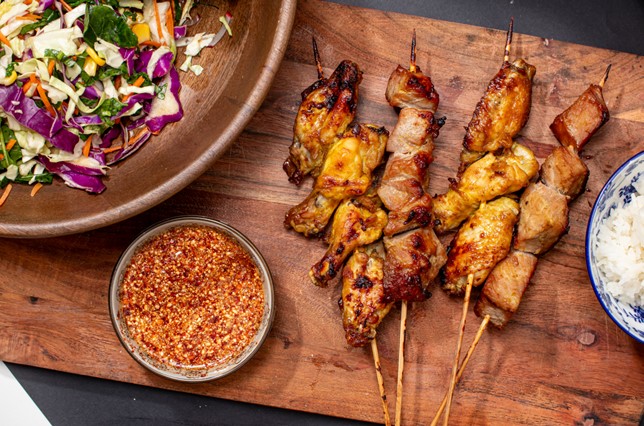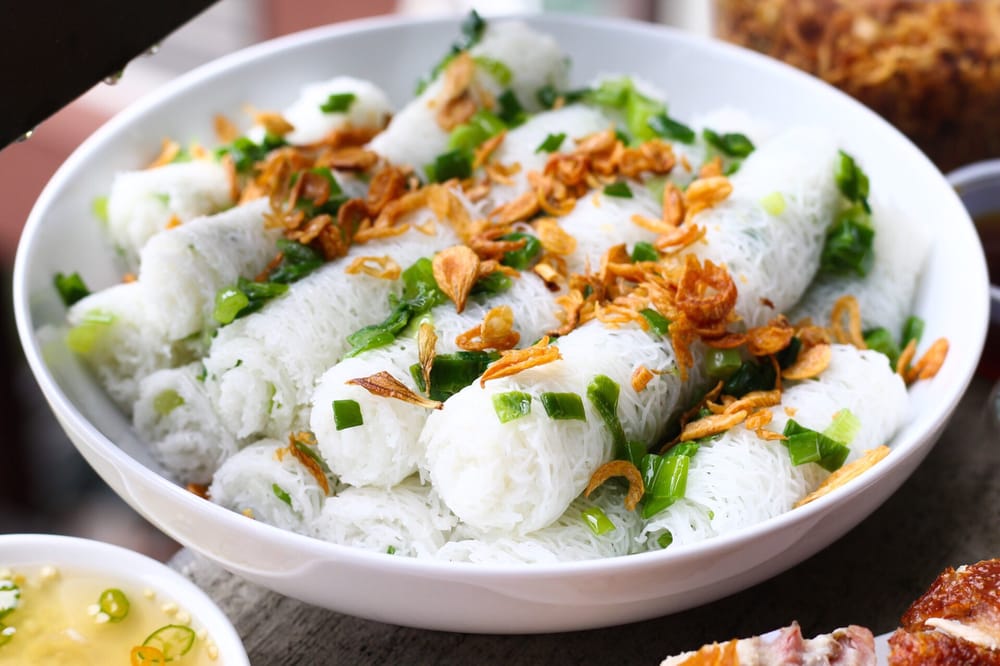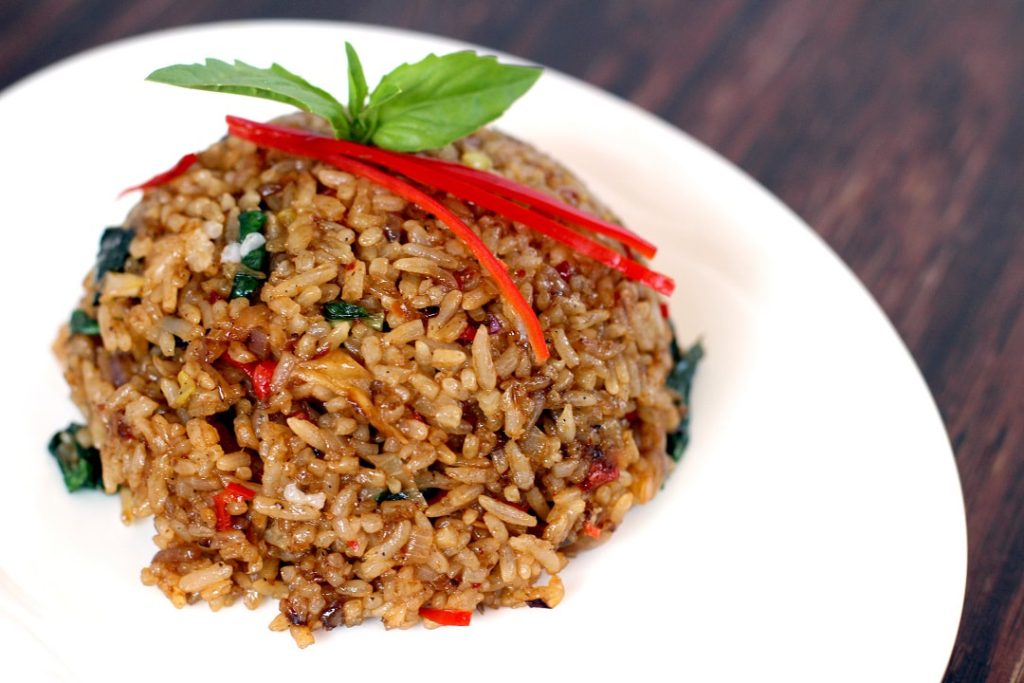Traditional Thai Desserts are one of the most unique forms of sweets in the world. Characterised by their distinct flavor of sweetness, sensations of smell, they represent Thais gentle and caring nature.
Thai desserts or “kanom” vary in color and form which are enticing to one’s eyes. Their bright colors and unique forms such as flowers or teardrops attract locals and tourists alike. The flavours are as impressive as their physical appearance. Some are sweet and tangy, while others are savory and sweet, depending on the type of preparation and styles of each particular dessert.
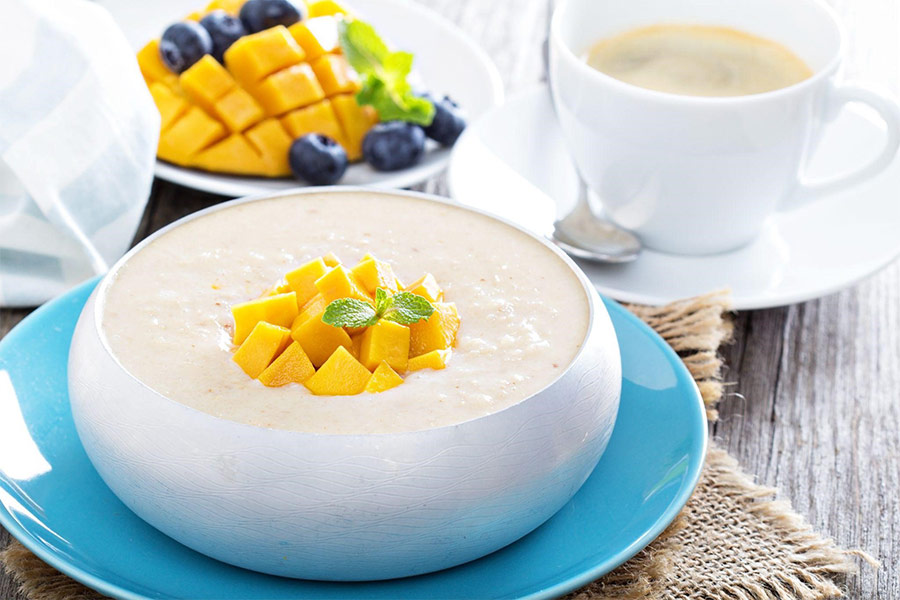
Thai traditional desserts are usually based on coconut flesh, coconut cream, palm sugar, and glutinous rice. Despite its simplicity in ingredients, the technique and skills required to craft such beautiful shapes and potent flavors are not to be underestimated. Only after years of experience and practice will one bring out the essence of true Thai dessert.
But did you know that our very own Thai desserts did not originate from Thailand? Yes, the origins of Thai dessert can be traced back to (surprisingly!) Portugal. In fact, one of the most influential figures in Thai dessert history was Maria Guyomar, a Portuguese lady. Maria Guyomar was born in Siam to a Portuguese father and Japanese mother and was given the Siam title of “Thao Thong Kipma”. Maria Guyomar was married to a Greek gentleman by the name of Constantine Phaulkon.
However, the legacy of Thai dessert were to begin in tragedy. Constantine (Maria Guyomar’s husband) rose through the ranks of the hierarchy and received favors from King Narai himself which caused envy, jealousy and political turmoil amongst the native-born Thais. As King Narai fell ill and close to death, his favours and protection towards Constantine began to wane. When power shifted away from the ill king towards his successor, Constantine was arrested to put to death. His wife, Maria Guyomar, was also imprisoned and would spend her days in captivity until the reign of King Thaisa. The King himself saw her potential and recognised Marie as a skilled cook and gave her a job amongst the royal household. In her time of service, Marie would manage over 2000 women working with her. It is here, where the history of Thai dessert truly begins.
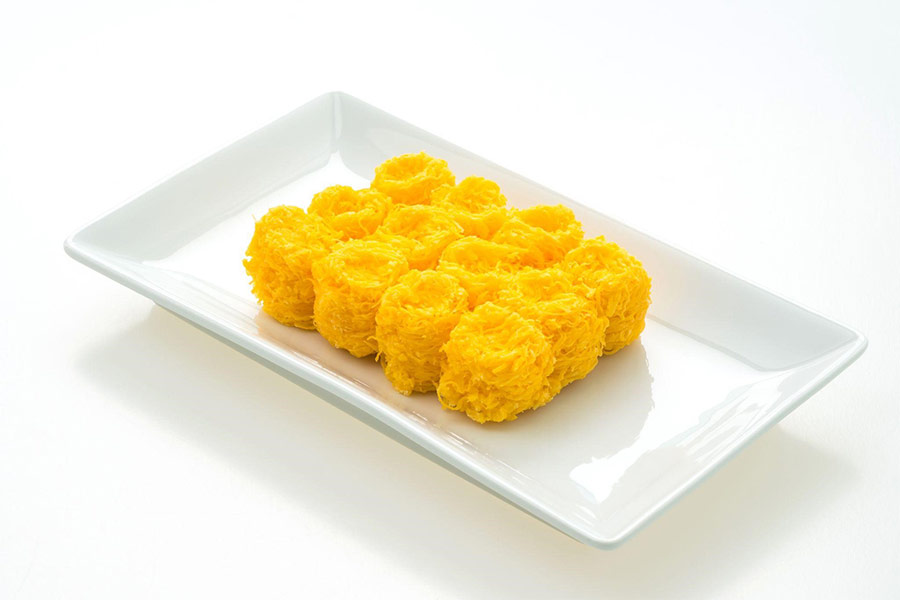
Over the years, Maria was given the opportunity to teach Thai people of the royal household many dessert recipes originating from Portugal. Her desserts were mainly based on egg yolk and sugar and these would later be developed into the well-known Thai desserts we all love today, such as Thong Yib, Thong Yod, Foi Thong, among others. Without Maria, Thai dessert would not exist in its form today. Tragedy truly led to the creation of one of the most beautiful and spectacular dessert cultures to have ever existed.
Before Maria Guyomar’s influence on Thai dessert, its history can be traced back to 671 years ago during the Sukhothai period, where traces of Khanom Tom can be found. All the way to the Ayutthaya period, where pans and stoves were used to bake desserts like Khanom Krok. Later in the Rattanakosin Era, desserts such as Luk Chub came to existence, and solidified the Thais ability to craft with love and attention to detail towards their desserts. These desserts were well documented in Thai literature, such as the Traiphum Phra Ruang. However, the usage of egg yolk and sugar did not exist for years to come, until Maria Guyomar introduced it to Thailand.
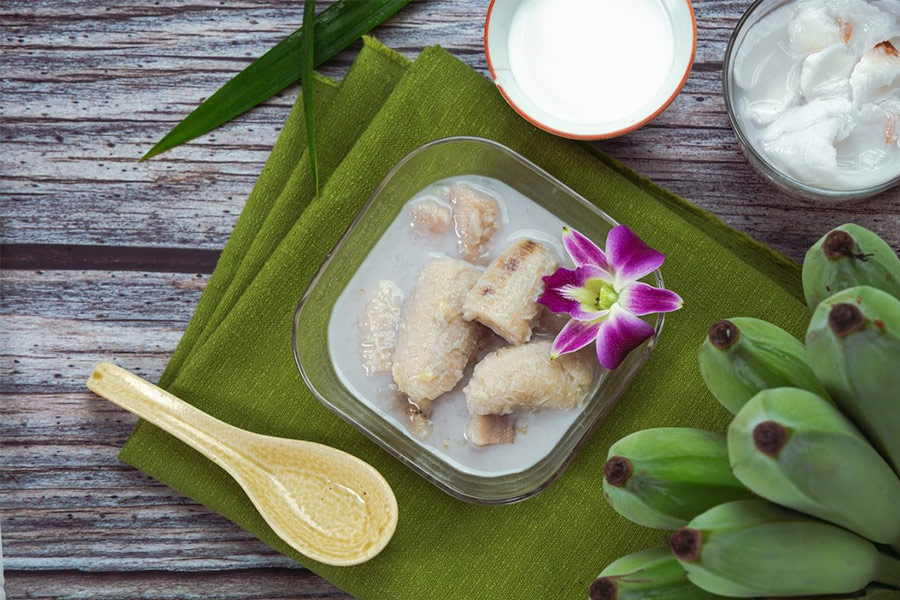
Thai desserts have always been a reflection of its culture and history. Long ago, desserts were only viewed as “decoration” and would fill the tables for a sense of completion rather than being its very own cuisine. During times of war, desserts would be simpler, requiring simpler methods such as baking green beans, coconut milk, and sugar to create desserts like Chamod, Kwian and Pim.
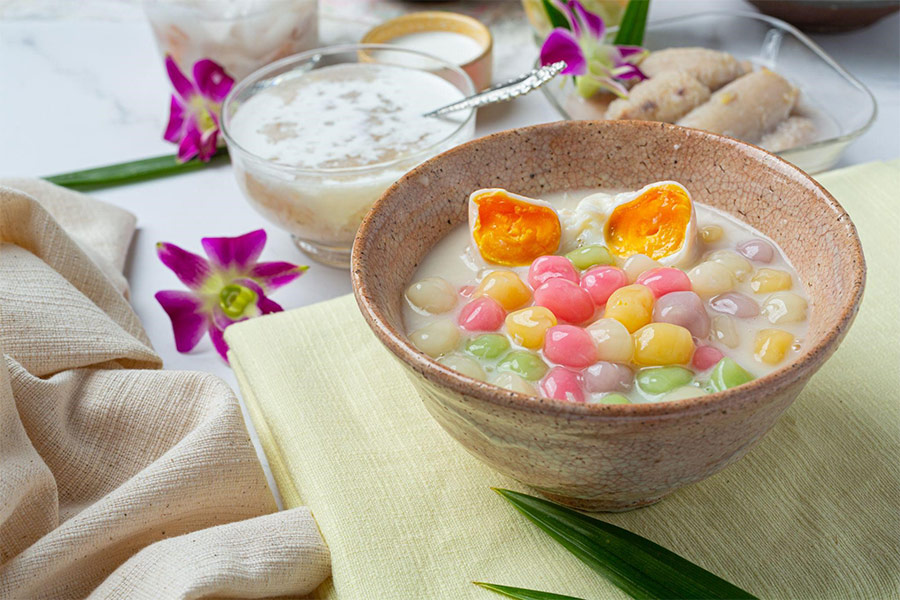
Thai dessert have always been characterized by its taste, texture, and appearance. Its unique qualities entangled with culture and history plays an integral role in making Thai desserts stand out amongst many other dessert cuisines throughout the world. Its artistic styles and shapes requiring care and time solidifies it as one of the most unique forms of artistic expression in the culinary industry. From the olden age, to the revolutionised methods from Maria Guyomer’s influence with yolk and sugar, Thai desserts stands out from the rest, and is a perfect reflection of Thailand’s rich culture and history.
Article By
Purim Suthvanich
IG: @purimhimself
References
Thai Dessert History. (n.d.). Thai Dessert History. [online] Available at: https://tankitchen-dessert.blogspot.com/2010/07/thai-dessert-history.html
Limited, B.P.P.C. (n.d.). The sweet life. Bangkok Post. [online] Available at: https://www.bangkokpost.com/life/social-and-lifestyle/938917/the-sweet-life
Attasaranya, N. (2019). Thai Palace Desserts. [online] ArcGIS StoryMaps. Available at: https://storymaps.arcgis.com/stories/eb8f8ac6c5ff4a579fbf7b5818891504.


